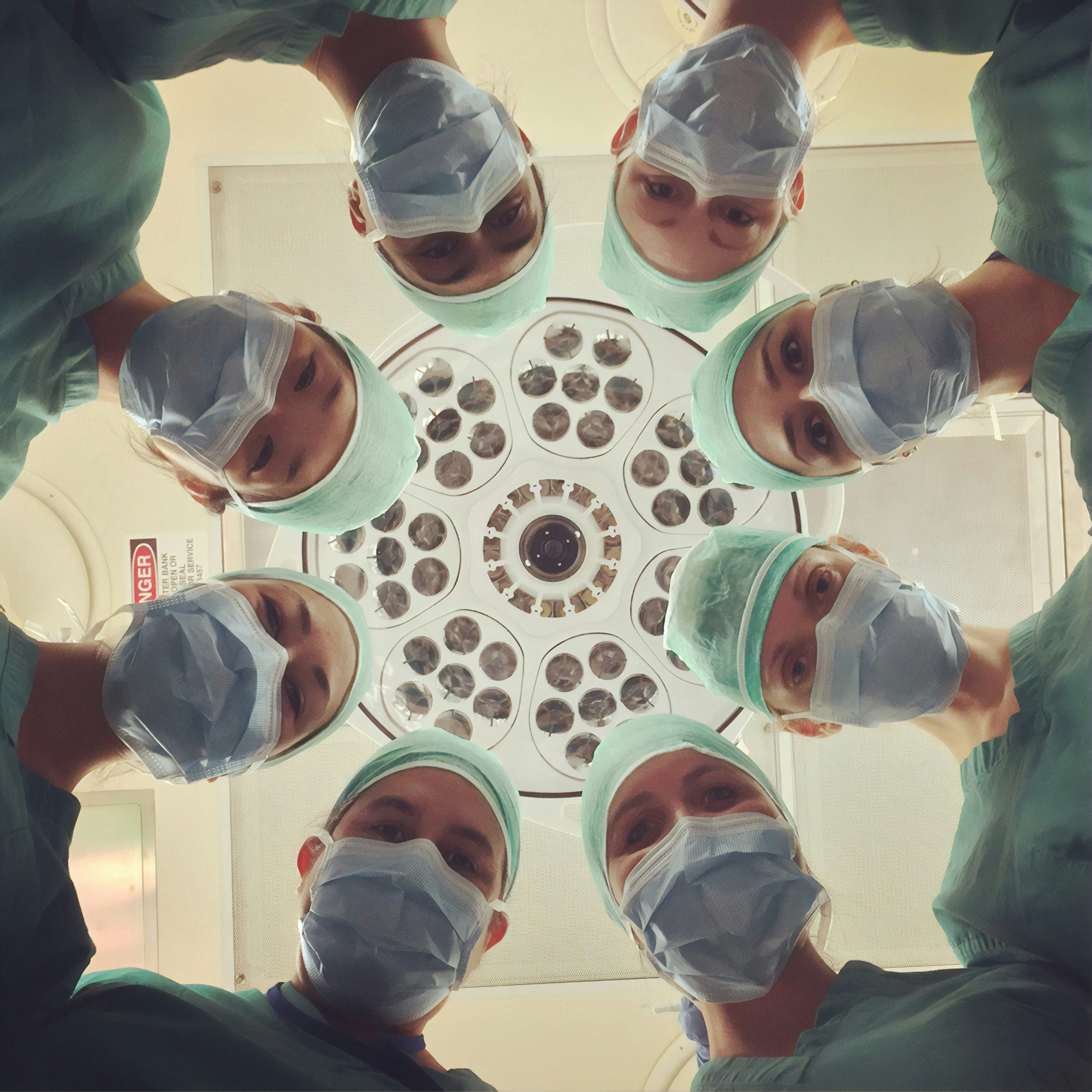A doctor’s office is the last place you want a miscommunication, making healthcare translation one of the most important—and difficult—types of translation. This blog post explores the most common challenges associated with healthcare translation as well as the best practices and solutions to resolve them.
Linguistic Complications
Medical translation is infamously complex, a field in which precision is key. Translators and interpreters must grapple with medical jargon on a daily basis, as well as hundreds of acronyms and abbreviations, pharmaceutical names (which often change from country to country), and other features that do not always translate smoothly. For example, compound phrases such as “heart attack” or “mad cow disease” make sense in English, but will not necessarily translate well between languages.
The more experienced a healthcare translation service, the more adept they will be at remaining current with the latest medical terminology. Translators should also have, ideally, subject matter expertise (such as medical board certification or an M.D.) that informs their knowledge of terminology. Subscribing to medical journals, attending professional conferences, and keeping abreast of medical research are just a few of the ways translators can ensure they stay up to date.
Confidentiality
Patient confidentiality is critical in medicine, and hospitals are required by law to obtain the services of qualified interpreters rather than patients’ family members or random personnel. A healthcare translation service that works with industries such as the government and defense sectors, or with patents and copyrights, will already be familiar with the best practices for maintaining confidentiality. These include stringent data protection measures such as file encryption and secure storage, as well as qualified language service providers that meet HIPAA compliance standards.
Cultural Competence
Cultural competence is a foundational component of healthcare and is essential for reducing inequity in care. Yet navigating cultural barriers along with language barriers—a challenge at the best of times—is especially difficult in stressful medical settings. A recent study from Boston Children’s Hospital found, for instance, that patients with limited English proficiency are already far less likely to speak up or ask for clarification, since they are uncomfortable questioning medical providers’ decisions.
Similarly, patients may feel embarrassed communicating personal details with translators, particularly given cultural taboos around topics like sexual health. They may speak a language that lacks direct translations for certain medical treatments. Cultural norms around eye contact, public speaking, honorifics, and other behaviors further complicate exchanges between patient, translator, and healthcare staff. As a best practice, a healthcare translation service should provide translators that are fluent culturally as well as linguistically in their target language. Human translators (rather than machine translation) are also essential when navigating sensitive cultural interactions.
Time Constraints
Finally, healthcare translation’s biggest challenge is the combination of a high-pressure environment with unique time constraints. When patients are injured or in critical health, interpreters need to make split-second decisions to aid their clients’ understanding. Even when translating medical documents, it’s imperative to meet deadlines to avoid insurance denials and other costly or dangerous delays. Sometimes, healthcare providers pressed for time may even attempt to forego finding qualified interpreters, under the false impression of low availability or the difficulty of locating someone on short notice.
But cutting translation quality for the sake of cost isn’t the right approach when the stakes are so high. The real solution is to work with a healthcare translation service that has many years of experience specifically in the medical sector; a large enough team to provide extensive availability; and local offices that can supply assistance in a timely manner. Overall, translators and interpreters should also be subject matter experts who can guarantee their credentials and professional training are in line with the most recent medical developments.
Photo by National Cancer Institute on Unsplash






